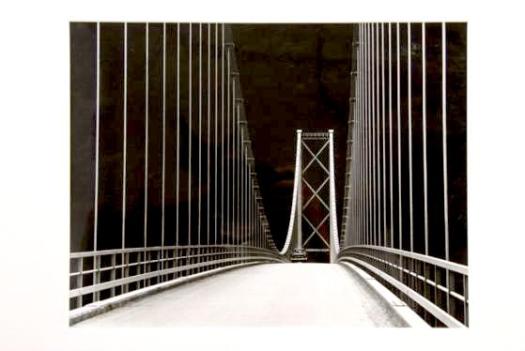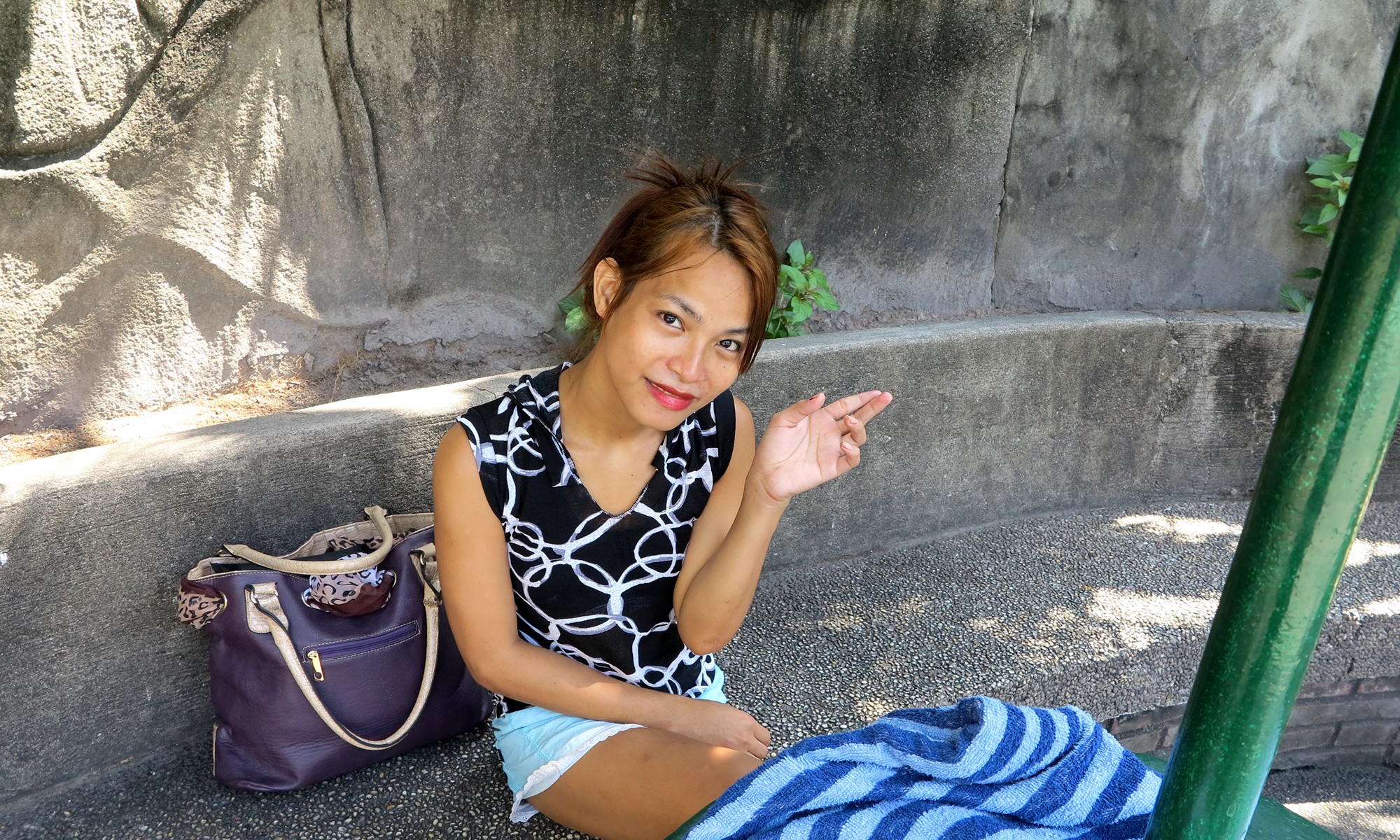
Photography at Rod Fleming’s World.
Photographs by Rod Fleming
Photography Articles
- West Coast Road trip with Charis
- Wedding in Molinot July 2016
- The Naked Truth
- Strömholm’s Beautiful Transsexuals
- Stopping down, Depth of Field and Bokeh
- River ferries, Pasig 2016
- Reflex-Reflection: Photography’s Genius
- Plaridel, Philippines December 2016
- Photo Technique 5: Brightness and Exposure
- Photo Technique 3: Shutter Speed and Movement
- Philippines 2015-2016; a land of surprises
- Pasig Wet Market (Palenke), Philippines
- Maryhill, Glasgow, May 1974
- Malolos: Street photography and ladyboys
- Makati and Greenhills, Manila 2015
- Low-Key Photographs: What they are and how to make them.
- Kirsten at The PlashMill in Scotland
- Focus and Depth of Field
- Film: To Sing in its Praise Today?
- Film and Sensor Speed or Sensitivity
- Fete de la Revolution in Molinot 2002
- Early Summer at John Muir Park, Dunbar, 1990
- Autun, March 2002
- Arbroath January 1972
- Arbroath January 1972
- A Christening in the Philippines
- 2016-01-04: Arayat National Park, Pampanga
- 2009-08-14 Saint Andrews, Scotland
- 2001 Panoramas at Ethie Woods, Angus
Quick Glance
Photography is one of my abiding passions, in which I have had a long and successful career. This page and the links below document my journey, in words and pictures, from clueless but fascinated when I was 11 to becoming a Master Photographer decades later.
It also links to technical articles. I am lucky to have lived across the great recent change in photography, from film-based analogue to digital. I still use both and I will explain why that is. I enjoy teaching Photography (I have teaching certification in addition to my academic qualifications and copious experience) and many of these articles are designed as primary teaching aids.
How I began Photography
I was introduced to photography the summer before I began High School. In those warm days of freedom, I explored. We lived in a big old house in the countryside and quite often I would be in it alone. Oh, there would have been an adult somewhere around, maybe the cook or the maid or the gardener. Or maybe my parents. But my father had a busy Ford dealership and my mother had, just that year, started her own business — which was as well, it turned out. Any adults would be somewhere else occupying themselves and unless I or my brother began screaming the house down, we’d be left alone.
One day while exploring inside the house — perhaps it was raining — I discovered a fascinating leather bag in my father’s wardrobe. Inside it were shiny metal and glass objects that looked and felt, above all, incredibly attractive. With this treasure trove were two thick, serious looking books.
What I had actually found was a Leica Model III and a Zorki 1 (an accurate Russian copy of a Leica,) with 50mm lenses. In addition there was a Leitz 135mm Hektor and a 90mm Elmar, along with a Rowi exposure meter and a bundle of other accessories.
I had struck gold! But there was a problem.
How was I going to wangle this fantastic treasure out of Dad’s hands and into mine? My dad was nobody’s kind of fool; he knew what these were worth all right.
In my childhood there was a household rule: I could read any book I wanted as long as I did not damage it or leave it outside (cardinal sin) and I put it back where I found it. Given that there were at least a thousand books in the house, this was a resource of immense value. (There were actually so many books that the ‘collection’ had spilled out from the house and also filled two large sheds.)
Learning to take a picture
That meant that I could legitimately borrow the books, even if I couldn’t take the cameras. The books were in fact Leica Manuals. Enst Leitz realised early on that the amateur market was where the real money was. They had promoted their product like Rolex promoted watches; they were status symbols for the elite and so became very popular amongst the middle classes.

The company realised however, that unlike the simple cameras that Kodak produced for the amateur market, precision 35mm instruments were not exactly user-friendly. So, doubtless on the advice of dealers keen both to sell more equipment and reduce the number of customers complaining that these outrageously expensive gadgets kept cutting their wives’ heads off, Leitz commissioned instruction books.
There wasn’t any Internet then; you had to think creatively.
The Manual was updated regularly and even today it represents one of the finest photography teaching aids I have ever seen. It covered everything: focus and depth of field and other aspects of camera operation, exposure, composition, lighting, sport, portraiture, setting up a darkroom and developing film and making prints. It even had an Appendix full of formulae so you could home brew your developer.

There were sections on Sport Photography, Photomicrography and Astro-photography along with Portraiture. There was a chapter on Photojournalism that discussed everything from taking the pictures to establishing narrative flow in page layout.
This last was illustrated using W. Eugene Smith’s seminal 1948 ‘Country Doctor’ photo-essay, using the real ‘Life’ magazine page dummies. Its impact was lifelong.

I’m hell at reading and learning, so, since this was covered under the rules, I borrowed the books. Night after night I ploughed through, learning the arcane sorcery that was to become a life’s work. Once I had figured out how to focus, how to measure light and set the controls, I was ready.
One Saturday I took myself to the local photographer’s shop in Arbroath and
bought a roll of film. 36 exposures, black and white. It was Ilford FP3. ‘This’ll do for sunny days, son,’ said the owner, and off I went. The next week (weekends were no good, Dad was home,) I returned to the Aladdin’s Cave and removed the cameras.

My first hurdle was actually loading the film, but the trusty Leica Manual never failed. I got it in, reset the frame counter to 1 and I was ready to go. Now I won’t pretend that there was a lot of great art in that first tentative roll; but I did get results. Off to the chemist in town the film went and I waited on hecklepins to see the prints.

I was delighted. Mostly, they were decently sharp, fairly exposed and everybody had their head. Yes there were plenty of duds in there but I had an advantage: Dad was a brilliant man in many ways but honestly he hadn’t a clue which end of a camera was up.
I was taking no chances. I may have had the tactical advantage but I needed the cavalry. So first I showed the pictures to my mother, always the artist in the family. She was at once shocked — that I had done all this in secret — and amazed — because she had as much clue about photography as Dad.
‘Well,’ she said, ‘We’ll speak to your father tonight.’ It was a meeting fraught with trepidation — not because I feared punishment, that would not have happened — but because he might have said ‘no’. Those cameras were worth a lot of money, as the man in the photography shop had warned me. But Dad was outflanked and anyway he too appreciated that I could do something that he couldn’t.
‘All right,’ he said, pronouncing the magic words. ‘You can keep them. Just don’t break them.’
Now I was really cooking by gas. I knew already the truth of the adage: ‘practice makes perfect.’ So I did. Film was expensive so I did odd jobs to supplement my pocket money (I still had to buy books, after all.)
Toni Schneiders — my other mentor in Photography
I had learned to operate a camera — but how could I learn photography? Once again the Leica Manual proved its worth. Although the text in the editions I had was in English, many of the photographs were by Germans. I remember, from the start, being taken by some of these images more than others. Those I liked — other than Smith’s — were nearly always by-lined ‘Toni Schneiders’.

Schneiders was one of the great German photographers of the 20th century.

Schneiders’ eye was remarkable. It was clean and precise but never mechanistic or stiff. Rather it was fluid and lyrical with an intense sense of tension in repose. His photography is, I think, comparable in stature to that of Cartier-Bresson, or perhaps even better.


Reflex and Reflection
Looking over my photographs from both then and today, the extent to which W. Eugene Smith and Toni Schneiders influenced my eye is obvious. They deserve the credit of being my first mentors in photography, even though I never met them. I didn’t set out to copy the work of either photographer at all; it just came out.
I think that’s where my theory of ‘Reflex and Reflection’ began to form. As photographers we take in every image we see and we see them again as we photograph the world around us.
And that is how I came to be here.



From the photgraphs that I see, they have a certain gentleness and subtle happiness to them. Love it!
Thank you Andreia. There are many more!